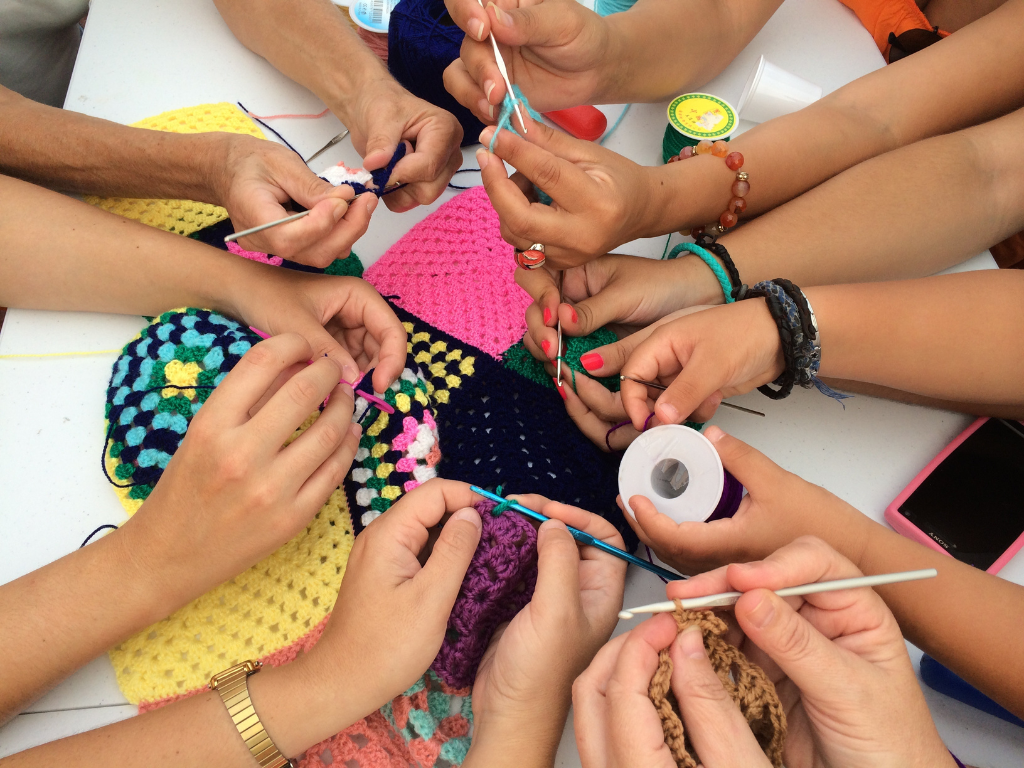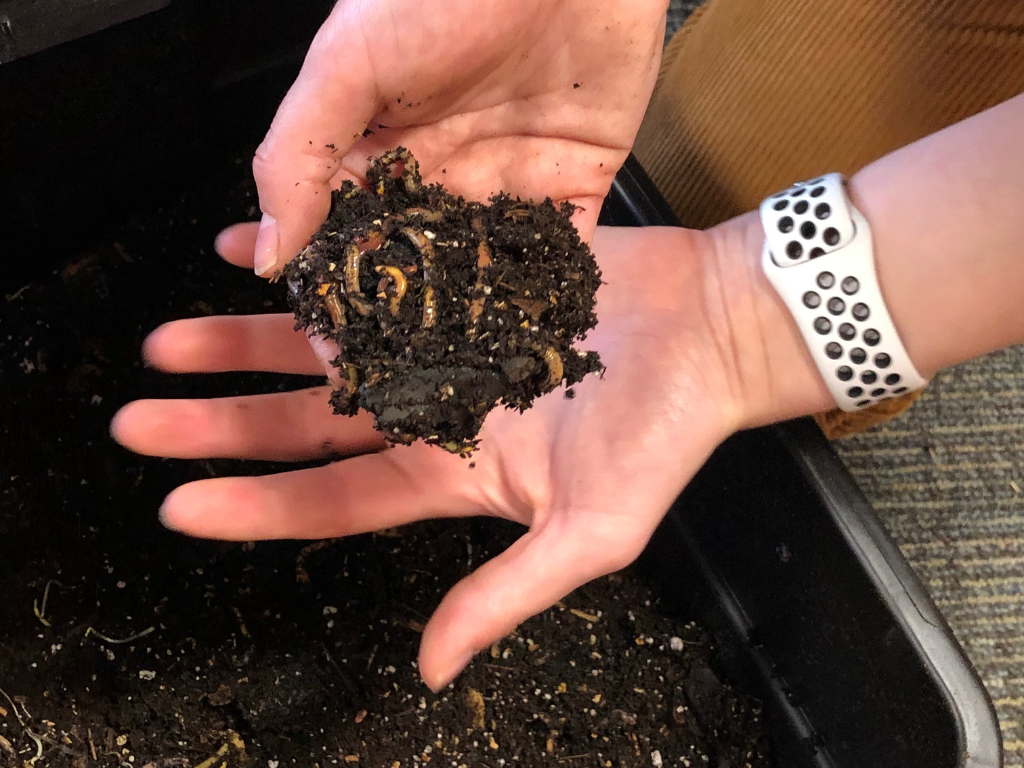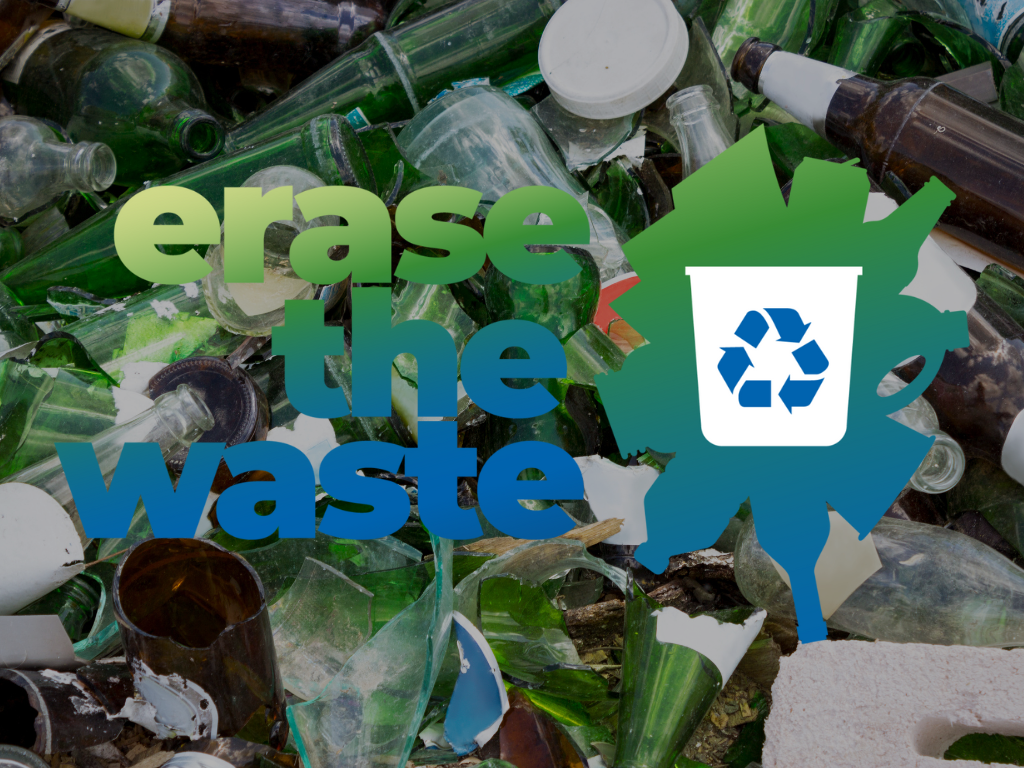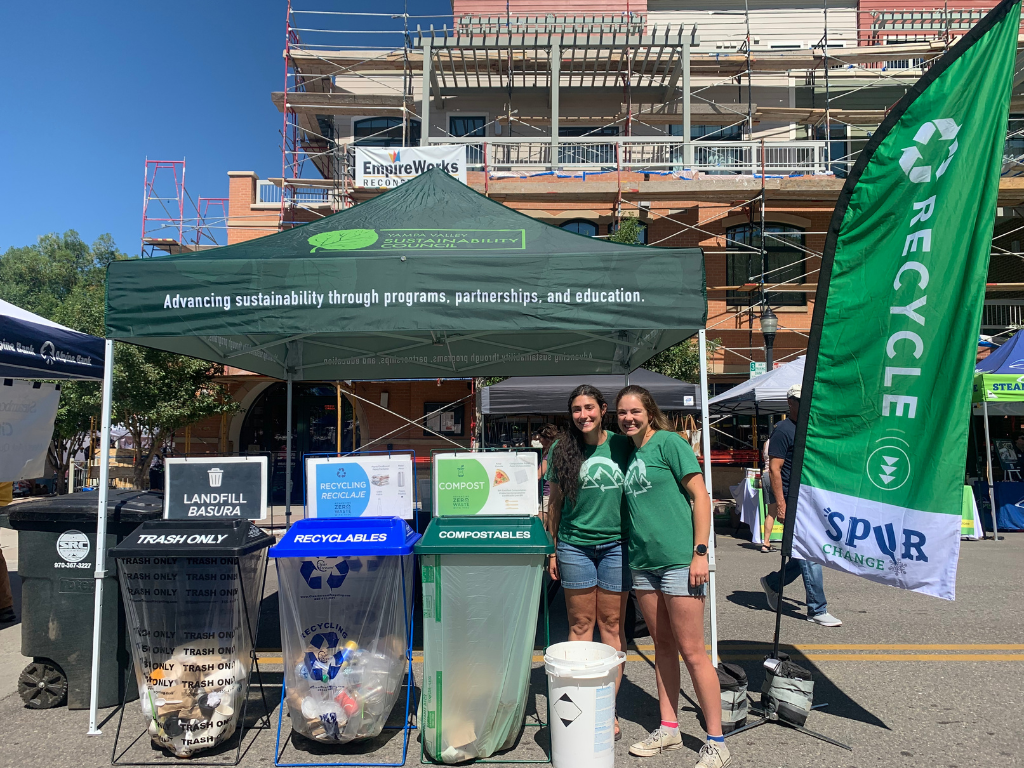 Reusing clothing is more than a personal choice, it’s a way of connecting to one another and to the earth. When we reuse and repurpose clothes, we recognize the shared impact of our consumption and make a conscious choice to reduce our environmental footprint. This practice fosters a sense of community as we exchange, donate, and repair items, supporting others and giving back to the planet. It also brings us closer to the natural world by reducing waste, conserving resources, and honoring the materials we use. Reusing clothes offers a hands-on approach to sustainability that directly addresses pollution, waste, and the energy-intensive production cycle of the fashion industry.
Reusing clothing is more than a personal choice, it’s a way of connecting to one another and to the earth. When we reuse and repurpose clothes, we recognize the shared impact of our consumption and make a conscious choice to reduce our environmental footprint. This practice fosters a sense of community as we exchange, donate, and repair items, supporting others and giving back to the planet. It also brings us closer to the natural world by reducing waste, conserving resources, and honoring the materials we use. Reusing clothes offers a hands-on approach to sustainability that directly addresses pollution, waste, and the energy-intensive production cycle of the fashion industry.
Join the Make & Take Sustainable Craft Night on Friday, November 15th from 5-7 p.m. in the Routt County Community Room (613 Oak St, Steamboat Springs, CO 80487). There will be a variety of hands-on craft stations, each teaching a unique skill to help you repurpose and breathe new life into old materials. Click here to register for free.
Reusing clothing is important for reducing our environmental impact, particularly in areas like Routt County, where recycling infrastructure is limited. Clothing production has shifted from natural fibers like cotton and wool to synthetic ones, such as polyester, nylon, and acrylic. While affordable, these materials come at a high environmental cost, shedding microplastics during washing that eventually enter waterways, where they bioaccumulate in aquatic life. Studies estimate that 20% to 35% of microplastics in oceans come from textiles, highlighting the environmental consequences of synthetic clothing materials. Globally, we produce about 92 million tons of textile waste annually, with a staggering 92% of discarded clothing ending up in landfills.
Locally, the Yampa Valley region has additional opportunities to recycle and reuse at places like the Yampa Valley Recycles Depot, the Milner Mall and Apex Twin Enviro, yet the community still faces significant recycling challenges. Routt County’s Waste Diversion Strategic Plan identifies barriers like the high energy consumption of recycling, long distances to markets, infrastructure gaps, and recycling bin contamination. These hurdles highlight a major downside of recycling: it often feels like a quick-fix solution that doesn’t address the root of our waste problem. Reusing clothing and materials, especially through upcycling and downcycling, provides a more effective, lower-energy solution that extends the lifespan of items already in use.
Reusing clothing and other materials empowers individuals to reclaim control in a system dominated by overproduction. Fast fashion and consumer culture encourage a disposable mindset, while reusing promotes durability, conservation, and creativity. Items destined for the landfill can be transformed, giving new life to “old” materials. Downcycling allows for items with rips or tears to serve new purposes, reducing the energy required for disposal. This practice supports a circular economy where resources are continuously repurposed, reinforcing a “cradle-to-cradle” approach to design.

Communities play a vital role in driving this sustainable shift. Local education and collaboration raise awareness, helping people see the direct impact of their actions. Unlike recycling, which often feels detached, reusing produces tangible, immediate benefits: reduced waste, a smaller ecological footprint, and lowered waste management costs for local communities. It also aligns with long-term sustainability goals by reducing pollution, conserving resources, and lowering carbon emissions. The growth of secondhand markets, repair services, and sustainable business models also generates local jobs, helping to decouple economic growth from resource consumption.
Beyond environmental benefits, reusing encourages a shift in values toward durability and resourcefulness. Rethinking and repurposing materials reduces reliance on limited recycling infrastructure, while supporting tangible steps toward a sustainable future. Reuse fosters a systematic change, helping us move away from a “throwaway” culture and towards a society that values materials and makes thoughtful, conscious choices. In Routt County and beyond, reusing empowers individuals and communities to embrace sustainability in meaningful, creative, and impactful ways.
To help address this issue, I encourage everyone to explore the many resources available in our Routt County community. For repairs, consider visiting local seamstresses like A Stitch In Time. You can also find quality second hand items at LiftUp and DejaVu, or explore online options like Depop, Poshmark, and Facebook Marketplace for sustainable shopping. Don’t overlook YouTube, where countless tutorials offer creative ways to reuse materials. YVSC also offers a Yampa Valley Recycles app where you can find out where to recycle materials.
Additionally, for my internship, I’ll be hosting a Make & Take Sustainable Craft Night on Friday, November 15th from 5-7 p.m. in the Routt County Community Room (613 Oak St, Steamboat Springs, CO 80487). There will be a variety of hands-on craft stations, each teaching a unique skill to help you repurpose and breathe new life into old materials. Together, through conscious choices, we can contribute to a healthier planet and create lasting impacts that support both our community and the environment.
Erika Sexton | 14 November 2024






